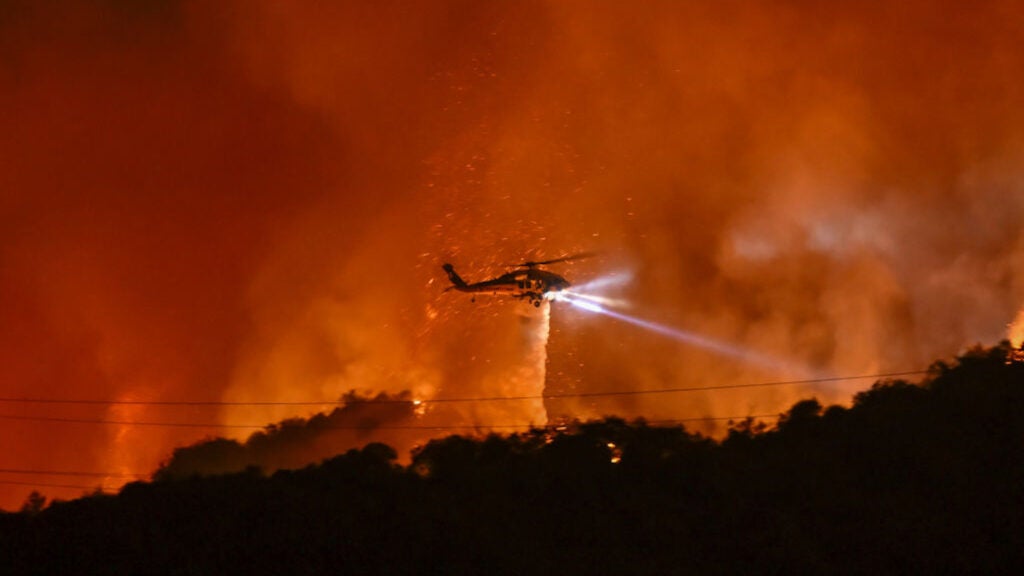On January 7, 2025, the iconic sunny skies of Los Angeles were overshadowed by thick grey smoke as wildfires erupted in Pacific Palisades and later spread to Pasadena and Altadena. Known as the Eaton Fire, this inferno prompted a massive aerial firefighting response, highlighting the critical role that aerial firefighters play in battling increasingly severe wildfires.
The Devastating Impact of Recent Wildfires
As of now, the Palisades and Eaton fires have been raging for six days, destroying approximately 40,000 acres and over 12,000 structures. Tragically, the death toll has reached 24, illustrating the grave danger posed by these fires. The combination of strong winds, dry conditions, and urban proximity complicates an already challenging firefighting effort.
The Aerial Firefighting Response
An array of firefighting aircraft, including helicopters, water bombers, and large tanker jets, has taken to the skies over Southern California. These brave aerial firefighters drop fire retardant and water to suppress flames and protect vulnerable structures. As fire captain John Williamson from Cal Fire notes, “The Palisades and Eaton fires are in the top three worst fires I’ve worked in my 30-year career.” Together, ground crews and aerial teams strive to contain the blazes, with a significant emphasis on collaboration and communication.
The Changing Nature of Fire Seasons
No longer confined to specific seasonal months, California now experiences a “fire year,” characterized by extended periods of wildfire risk due to climate change. As Williamson comments, “There is no longer a fire season. It is now a fire year.” Aerial firefighting units, once typically on downtime in the winter, must now be prepared for rapid deployment year-round.
The Role of Santa Ana Winds
The Santa Ana winds, reaching nearly 100 miles per hour, have distinctly exacerbated the wildfire situation. These powerful winds make aerial firefighting hazardous, often requiring ground crews to lead initial firefighting efforts while aircraft await safer conditions. This critical weather factor has contributed to the rapid spread of flames, complicating aerial operations as crews continually reassess wind patterns to ensure safety and precision during drops.
Aerial Firefighting Logistics
The logistics of aerial firefighting are intricate and precise. Aircraft crews receive daily briefings, coordinating with specialists who act as aerial traffic control. Managing safe airspace is vital, especially in a congested area like Los Angeles, where multiple firefighting aircraft operate simultaneously. Managing altitude and positioning becomes increasingly complex in light of shifting winds and urban infrastructure.
The Psychological Toll on Firefighters
Beyond the physical challenges, aerial firefighters endure significant mental strain during these high-intensity operations. Witnessing the destruction of neighborhoods from the air leaves lasting impressions, making it imperative for crews to maintain focus on their next shift’s strategies while processing the emotional weight of their experiences. Williamson captures this sentiment, stating, “We see the devastation from a different perspective.” As these firefighters continue to battle fierce blazes, the importance of mental health support becomes increasingly paramount.
In the face of unprecedented wildfire challenges, aerial firefighting remains a crucial component of wildfire management in Southern California. The ongoing battle against wildfires emphasizes the need for effective resource allocation, collaboration between ground and aerial crews, and heightened awareness of environmental factors that contribute to fire intensity.
